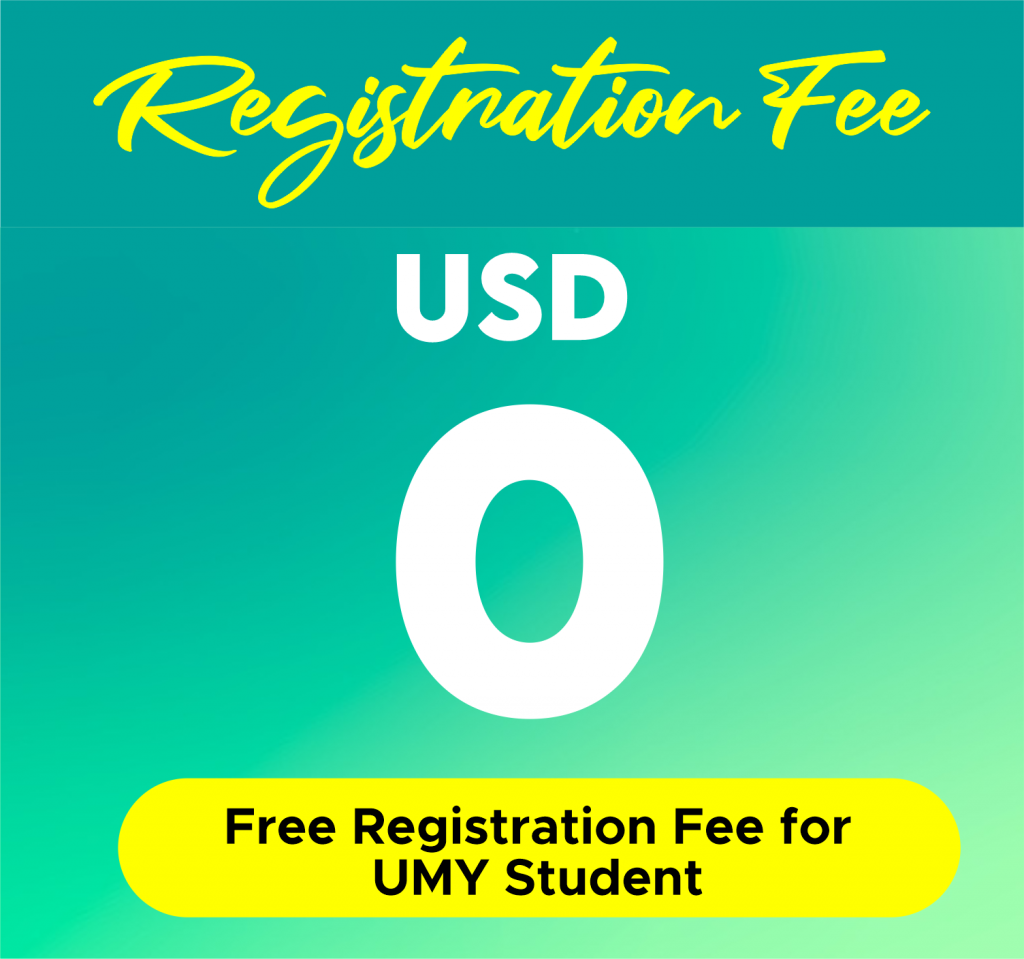
Dr. Romi Bhakti Hartarto
This course offers an accessible introduction to the topic of impact evaluation and its practice in development. It provides practical guidelines for designing and implementing impact evaluations, along with a nontechnical overview of impact evaluation methods.
LEARNING OBJECTIVES:
- Students are able to understand and analyze basic concept of impact evaluation
- Students are able to understand Causal effects and Counterfactual
- Students are able to understand Randomized Assignment
- Students are able to understand and apply Instrumental Variables (IV)
- Students are able to understand and determine when to use Regression Discontinuity Design (RDD)
- Students are able to understand and apply Difference-in-Differences (DiD) Method
- Students are able to understand and apply Propensity Score Matching (PSM) Method
- Students are able to understand and solve potential challenges in impact evaluation
Randomized Assignment
Randomized assignment of treatment is considered the gold standard of impact evaluation. It uses a random process, or chance, to decide who is granted access to the program and who is not. Under randomized assignment, every eligible unit (for example, an individual, household, business, school, hospital, or community) has the same probability of being selected for treatment by a program.
Instrumental Variables (IV)
A method called instrumental variables (IV) can help us evaluate programs with imperfect compliance, voluntary enrollment, or universal coverage. Generally, to estimate impacts, the IV method relies on some external source of variation to determine treatment status.
Regression Discontinuity Design (RDD)
Regression discontinuity design (RDD) is an impact evaluation method that can be used for programs that have a continuous eligibility index with a clearly defined eligibility threshold (cut-off score) to determine who is eligible and who is not.
Difference-in-Differences (DiD) Method
The Difference-in-Differences method compares the changes in outcomes over time between a population that is enrolled in a program (the treatment group) and a population that is not (the comparison group).
Propensity Score Matching (PSM)/ Matching Method
Matching methods can be applied in the context of almost any program assignment rules, as long as a group exists that has not participated in the program. Matching essentially uses statistical techniques to construct an artificial comparison group. For every possible unit under treatment, it attempts to find a nontreatment unit (or set of nontreatment units) that has the most similar characteristics possible.
The Grading Systems are as follows:
A = 81 – 100
B = 71 – 80
C = 61 – 69
D = 51 – 59
WHO YOU WILL LEARN FROM :
There will be some reputable speakers, covering academicians, practitioners and experts in the area of economic environments, as follows:
Course Leader : Dr. Romi Bhakti Hartarto (Universitas Muhammadiyah Yogyakarta)
Associate Trainers :
- Dr. Elsa Fontainha (Universidade de Lisboa, Portugal)
- Dr. Mohammad Sleimi (Palestine Technical University, Khadoore)
- Dr. Sigit Wibowo (Universitas Indonesia)
- Dr. Akhmad Susamto (Universitas Gadjah Mada)
- Dr. Dyah Titis Kusuma Wardani, SE, MIDEC (Universitas Muhammadiyah Yogyakarta)
WHO SHOULD TAKE THIS COURSE :
This course is designed to bachelor and diploma students in economics, social sciences, public administration.
EARN A CERTIFICATE OF COMPLETION
Upon successful completion of the course, you will earn a certificate of completion from Universitas Muhammadiyah Yogyakarta.
HOW YOU WILL LEARN
Every course in explained into manageable, modules, and designed to promote learning process through various learning activities:
- Work through downloadable and online instructional material
- Interact actively and intensively with peers and diverse background of facilitators
- Learn various learning instruments, including videos and more
- Obtain real world case studies
- Conduct each week evaluation assessment and project submission



